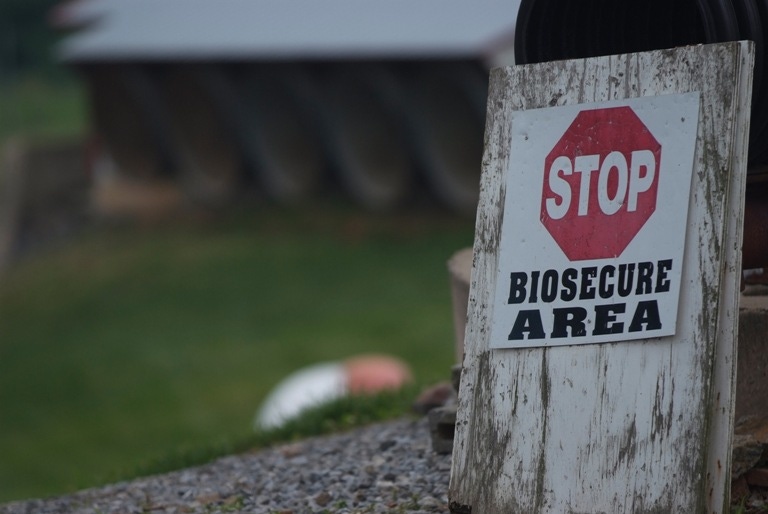Project funded by $2.5 million USDA grant, will help to set and calibrate livestock risk management policies.
April 13, 2022

University of Vermont Community Development and Applied Economics Professor Asim Zia, in collaboration with researchers from the departments of Animal and Veterinary Sciences and Computer Science, has received a $2.5 million grant from the USDA's National Institute of Food and Agriculture for livestock disease risk management research. The transdisciplinary project is entitled, "Predicting Livestock Disease Transmission Dynamic Under Alternate Biosecurity Risk Management Interventions and Behavioral Responses of Livestock Producers in the U.S."
African swine fever outbreaks began in regions of China during 2018, and have spread to other areas of Asia, Europe and Central America. These outbreaks demonstrated how biological threats can be devastating, with significant long-term effects for livestock producers and the global supply chain. The United States swine industry need to be prepared for foreign animal disease introductions like ASF with prevention, detection and response.
Current approaches used by animal health authorities to manage the risk and the behavioral responses of livestock producers are not well understood in an integrative way. As such, the overarching goal of the project will predict the risk of FAD transmission among livestock herds in the United States. The objectives of the project are the following:
Design and test a novel artificial intelligence model to simulate transmission dynamics of two FADs in the U.S. livestock sector.
Collect and conduct surveys of livestock producers and implement online experimental games to calibrate the representation of human behavior in the AI model, and test alternative policy configurations.
Leverage survey data and AI model data to identify combinations of risk management strategies and leverage points in livestock supply chain networks, to minimize the risk of spreading from livestock diseases.
Altogether, the findings from this project will help to set and calibrate livestock risk management policies. It will also provide targeted guidance to national and regional veterinary health officials, and generate open-source knowledge for livestock producers, to calculate economic costs for biosecurity risk management interventions at both farm and market levels.
The broader impact of Zia's research is aimed at coming up with a predictive model and policy instrument that will ensure access to a safe, nutritious, sustainable food supply, while reducing the cost of infectious disease management in the livestock industry and to the country.
Source: University of Vermont, which is solely responsible for the information provided, and wholly owns the information. Informa Business Media and all its subsidiaries are not responsible for any of the content contained in this information asset.
You May Also Like


.png?width=300&auto=webp&quality=80&disable=upscale)
